
How to use crimp connectors.
- Subject:
- Agriculture Equipment Technician
- Agriculture Studies
- Electrical & Electronics
- Practical & Applied Arts
- Material Type:
- Open Access Asset
- Author:
- James Gatlin
- Date Added:
- 06/21/2024

This collection houses assets (or resources) from Saskatchewan Distance Learning Centre's Agriculture Equipment Technician 30 course.

How to use crimp connectors.

In this video, we will talk about the technique called real-time kinematic, or RTK. RTK is used to enhance the positioning accuracy of the GNSS. With an RTK-...
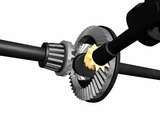
3D Video describing how differentials work.

A short video on differentials

Ever wondered how a fluid coupling works?

A pneumatic system is a collection of interconnected components using compressed air to do work for automated equipment. Examples can be found in industrial manufacturing, a home garage or a dentist office. This work is produced in the form of linear or rotary motion. The compressed air or pressurized gas is usually filtered and dried to protect the cylinders, actuators, tools and bladders performing the work. Some applications require a lubrication device that adds an oil mist to the closed pressurized system.
In this video, you will learn about the typical overall system components and how they are used together.
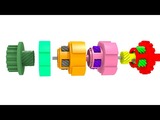
This is a very detailed explanation on how the gears of this automatic transmission converts the rotation of the input to those 6 speeds and reverse, using 3D animation.

In a gear pump, the meshing of gears is used to pump fluid. How do external and internal gear pumps work? What problems can occur during gear pump operation?

A short video about how alternators work.

Group HES hose and fittings specialist, Stephen Bayliss, guides you through thread identification on Hydraulic Hose fittings.

An overview of how hydraulic systems work.

Overview of Hydraulic Hoses

How does the hydraulic cylinder work? A hydraulic cylinder has the following parts: piston, rod, seals, wipers, barrel.

When shopping for tractors one of the most important options to consider is which transmission to choose. There are two basic types transmissions which is hydrostat or mechanical with of few variations of each to consider. There are benefits to each option and to know what is the right decision really depends on application and preference. Call or text us at 903-270-0877 and we'd be happy to discuss your options.

This lecture explains the classification of bearings and general awareness about different types of bearings.
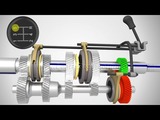
A short video on how manual transmission work.

Analyzing voltage and current in a circuit is a great place to start to understand what that circuit is doing. In this episode of “Adventures in Science,” we introduce the resistor and use it to help demonstrate Ohm’s Law.
This interesting law of physics was named after Georg Ohm, and states that the current between two points is directly proportional to the voltage across those two points: I = V/R
With a little bit of algebra, we can move the variables around and arrive at the more memorable: V = I x R
In the video, we demonstrate voltage and current in a fluid-based circuit, and show how a resistor acts like a piece of steel wool used to restrict the flow of water. We also construct a real circuit using a resistor, measure the voltage and current, and then calculate the resistance using Ohm’s Law.
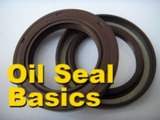
Quick look into oil seals
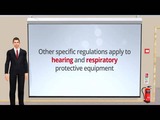
Welcome to a brief introduction to PPE E-Learning. In this video you will go through an introduction to Personal Protective Equipment (PPE)

In this video, common types of PPE are tested to see how they can protect from projectiles, falling objects, and other possible hazards. This is an entertaining take on Personal Protective Equipment and how it protects people.